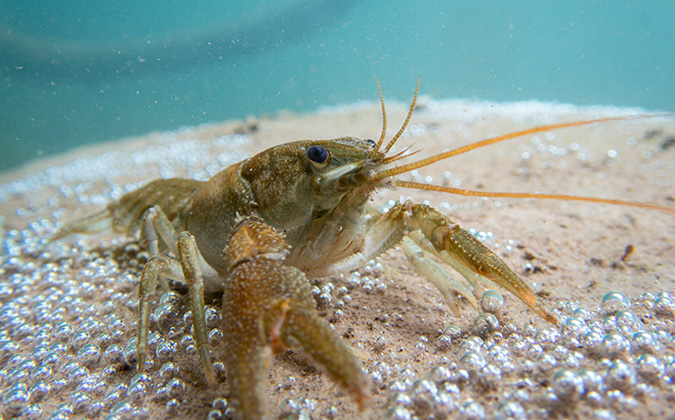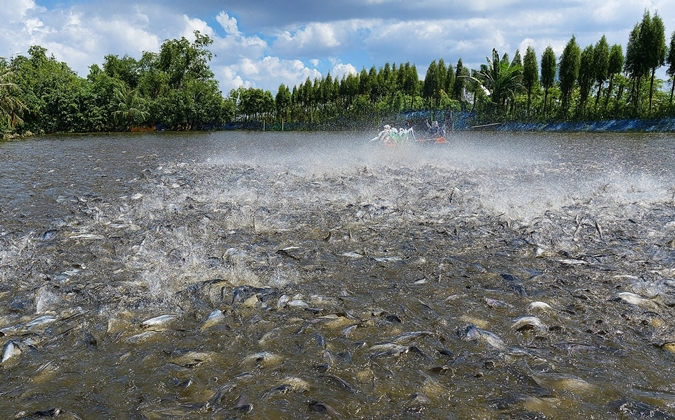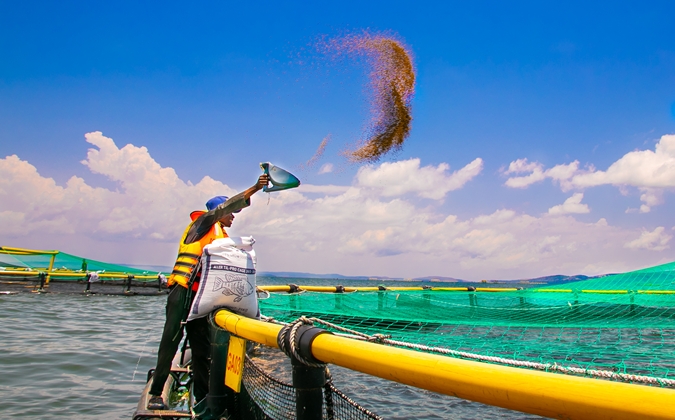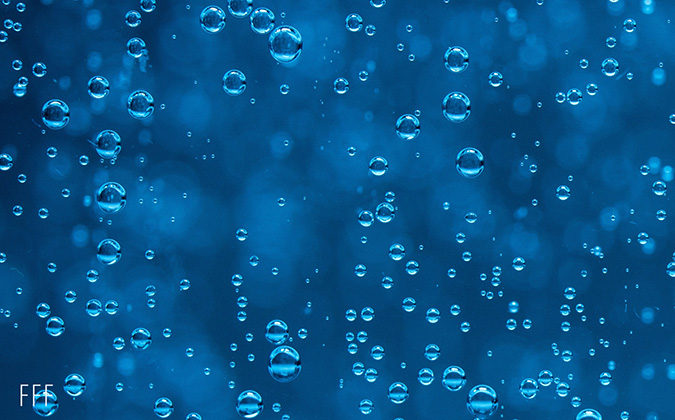
Chinese herbal medicine could be key to tackling globally devastating crustacean virus
Groundbreaking research has revealed that plant extracts used in traditional Chinese medicine could be the secret to managing the globally devastating white spot syndrome virus (WSSV) in crustaceans.
Chinese scientists have discovered that when paeonol, an active component derived from tree peonies (Paeonia x suffruticosa Andr) and red sage (Salvia miltiorrhiza), was fed to crayfish it showed good control against WSSV.
White spot disease caused by WSSV is a notifiable disease due to its impact on infected crustacean populations, leading to significant global economic loss. Mortality rates often reach 100% within 3 to 10 days after infection.
Testing treatment options
In the study, the scientists screened 15 medicinal plants for their inhibitory activity against WSSV, identifying paeonol as the component with high activity.
The antiviral activity of paeonol was then tested by treating WSSV-infected and non-infected crayfish with different concentrations of paeonol and administration routes, including oral, injection and immersion.
The researchers found when WSSV-infected crayfish were fed paeonol, survival rates increased, with over half surviving compared to almost 100% mortality in untreated groups. They suggested that improved survival is due to paeonol reducing the viral load and gene transcription rates and inhibiting virus replication in the organs of infected crayfish.
Significantly, disease transmission from WSSV-infected fish that were fed the extract to healthy fish was also reduced. Decreased transmission became more pronounced with prolonged paeonol treatment, suggesting it could be used as a preventive measure to reduce the spread of WSSV in crayfish aquaculture.
The scientists also saw that pre-treatment with paeonol more effectively inhibited the virus compared to post-treatment, highlighting that paeonol may function as an immune stimulant, thereby enhancing the immune system’s ability to combat WSSV infection.
How paeonol was administered influenced its effectiveness in reducing mortality. For example, 52.5% of crayfish survived by day 10 when fed 200 mg/kg compared to 32.5% with a 50 mg/kg injection. Survival rates also decreased with decreasing doses of paeonol.
From potential to production
Paeonol is known to possess a wide range of pharmacological benefits, as an antioxidant, anti-inflammatory and anti-aggregative. Previous work has shown links with growth performance and improved immune function.
It works by modulating the host’s immune function by balancing oxidative stress, reducing inflammatory damage and normalizing protein levels, thus suppressing WSSV replication in crayfish.
From a production point of view, its simple chemical structure means it can be easily synthesized, leading to lower production costs and enhancing its suitability as a lead compound for antiviral drug development. The fact that it can be administered to crayfish as a feed additive makes it even more user-friendly.
The researchers regard the discovery as a “significant breakthrough” in managing WSSV, with no other effective biological means currently available to manage the virus.
“The remarkable potential of paeonol as a promising drug for controlling WSSV infection in crustacean aquaculture is evident. This study provides crucial evidence supporting the development of paeonol as an environmentally friendly and cost-effective anti-WSSV drug,” they said.
Research efforts will now focus on expanding the applications of paeonol in large-scale production and conducting further studies to elucidate its antiviral mechanisms.
You can read the full paper in the journal Aquaculture.
Posted on: February 19, 2025






